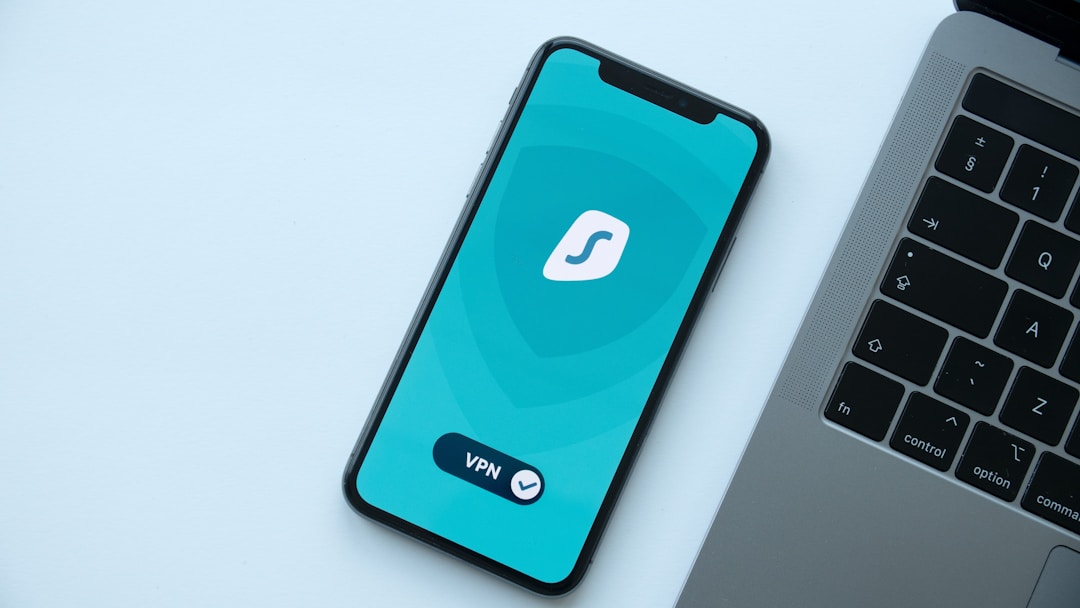3 Reasons Why Every Startup Founder Needs An EDA
3 Reasons Why Every Startup Founder Needs An EDA
The amount of big data that organizations are collecting and processing is growing exponentially. Applications handle constant streams of new events that produce data such as updates from sensors, website clicks, and system changes. The key to handling this influx of data is to create an application architecture that centralizes these events. Events are records of a change in state that can’t be changed or deleted and are ordered in the sequence of their creation. Users can subscribe to published events and received notifications when there are state changes.
Examples of events include a password reset request, inventory updates, and the denial of an unauthorized access attempt. Events trigger one or more actions in response, such as sending a password reset email, placing an order, or locking an account and notifying security personnel.
What is event-driven architecture?

Event-driven architecture is a system of loosely coupled microservices that share information through the production and consumption of events. This enables messages to be ingested by the event-driven ecosystem and distributed to the appropriate services interested in receiving them. Event-driven architecture (EDA) is a software pattern that allows an organization to detect events and act on them in real-time. This pattern replaced the traditional “request-response” system in which services must wait to receive a reply before progressing to the next task. EDA is often called asynchronous communication, meaning the sender and recipient aren’t dependent on a message response to progress to the next task.
EDA provides decoupling of producers and consumers.

Event-driven patterns decouple the components in the system, separating the ownership of data by domain. Decoupling allows for a logical separation between producers and consumers of events. Producers don’t need to consider how the events produced will be consumed, and consumers don’t need to consider how the events were produced.
This loose coupling allows microservices to be implemented in different languages or use different technologies that are appropriate for specific tasks. Decoupling an application’s microservices makes them independently scalable across the network. This means developers can add or remove event producers and consumers to the system without the need to change any logic in the microservices.
EDA provides a single source of truth.

The key to leveraging big data is to structure information and data models in a centralized hub that’s easily accessible by users. An event-driven system helps achieve this single source of truth with the use of immutable event streams. Every time there is a state change, a new event is produced resulting in a series of events. This business narrative is a big advantage to data governance because it results in an immutable log of all events that have occurred in the system. Organizations often need to explain data-derived decisions and can leverage the log of immutable events for auditing.
EDA provides real-time event streams.

The in-stream processing of event-driven systems allows business users to make faster business decisions. Applications can respond to changing business solutions in real-time and make quick decisions based on all available historical and current data. This allows business logic to be applied to data in real-time rather than wait for data to be analyzed. The real-time analysis offered by event-driven architecture is ideal for issues such as fraud detection, predictive analytics, responding to security threats, and automating supply chains.
Implementing an event-driven architecture in applications makes it possible to decouple microservices and increase agility and flexibility. Loosely decoupling microservices is a best practice for microservices implementations. Event-driven systems have advanced analytical capabilities that aid time-sensitive decision-making through real-time event stream processing. The single source of truth provided by event-driven systems makes it easier to leverage business intelligence and adhere to data governance.




